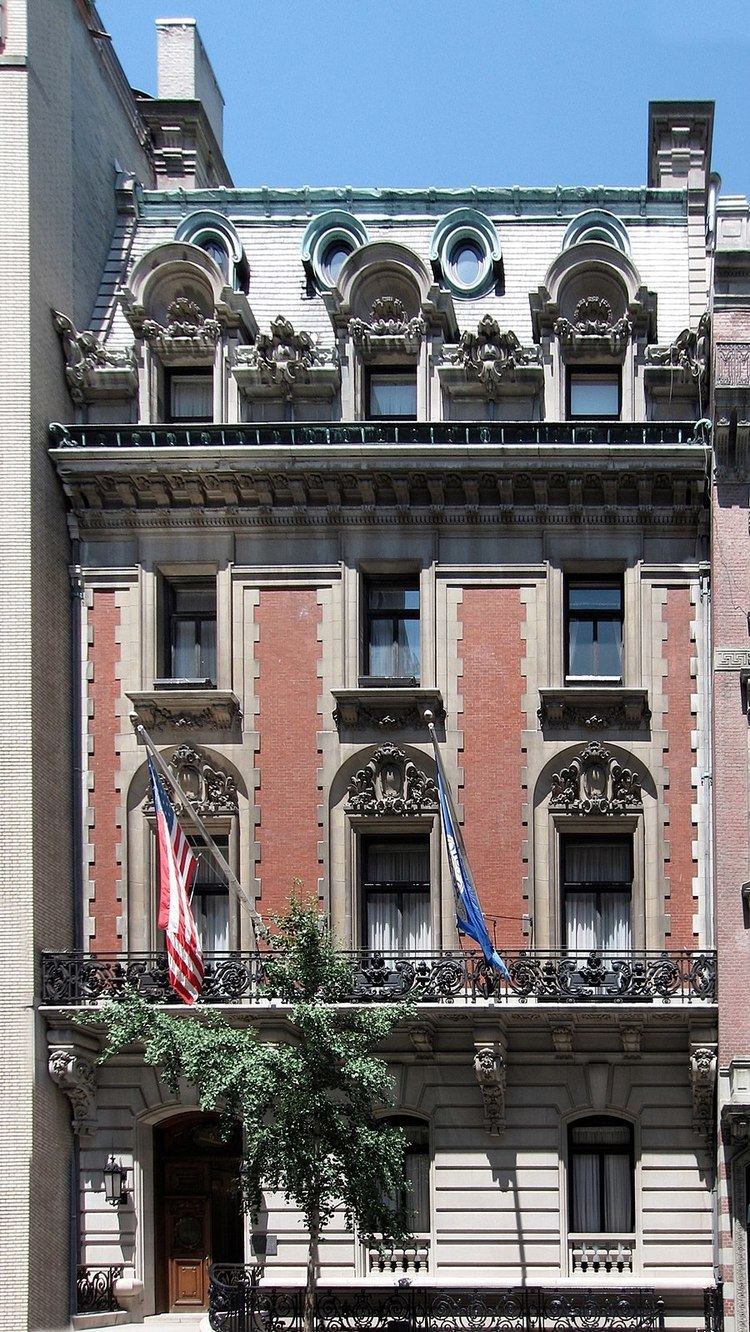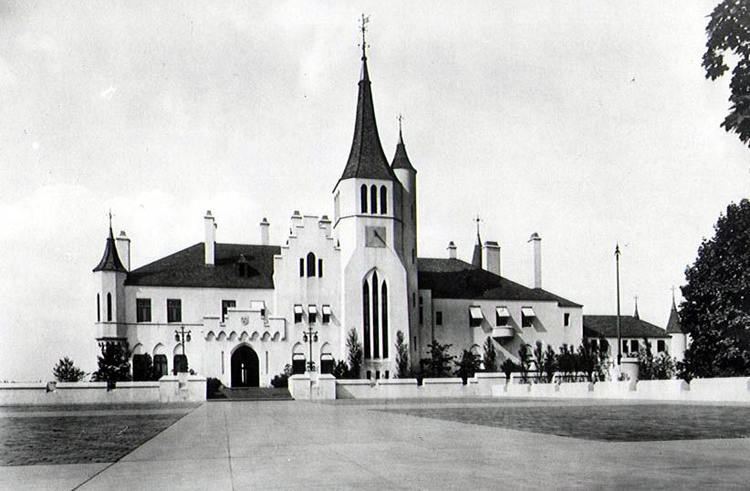Name Richard Hunt Grandparents Jonathan Hunt Role Architect Uncles William Morris Hunt | Died July 12, 1931 Great-grandparents Jonathan Hunt Parents Richard Morris Hunt | |
 | ||
Education | ||
Richard Howland Hunt (14 March 1862 — 12 July 1931) was an American architect and member of the notable Hunt family of Vermont, who worked in partnership with his brother Joseph Howland Hunt (1870 — 11 October 1924) in New York City, as Hunt & Hunt. The brothers were sons of the first American Beaux-Arts architect, Richard Morris Hunt (1827 — 1895). Richard practiced in his father's office until the elder Hunt's death in July 1895, and continued, not without initial resistance on the part of trustees, to carry out his father's designs for the central block of the Metropolitan Museum of Art. After a brief interval, the brothers formed a partnership in 1901 that was only terminated by Joseph's death in 1924.
Contents

Richard Howland Hunt, the older son, studied architecture at the Massachusetts Institute of Technology and the École des Beaux-Arts, Paris, where his father Richard Morris Hunt had studied. In 1887 Richard Howland Hunt joined his father's offices, first as a draftsman and later an associate. In the interim following his father's death he attracted wealthy clients and built residences such as the Margaret Shepard house at 5 East 66th Street (1900), now housing the Lotos Club.
Joseph Howland Hunt studied at Harvard College and the School of Architecture at Columbia University before following his brother to the École des Beaux-Arts, returning to New York in 1901. Urban residences by Hunt & Hunt include the two Beaux-Arts houses designed for George W. Vanderbilt at 645 and 647 Fifth Avenue, known as The "Marble Twins". Only No. 647, a designated New York City Landmark, survives today.
The brothers were primarily known for their elegant residences in Long Island, Tuxedo Park, New York, and Newport, Rhode Island. Their armory building for the 69th Regiment, New York, was the first armory to abandon pseudo-medieval crenellations.
Selected commissions
Collaborations with sculptors
As did many of the architects of the time, Hunt & Hunt designed bases and pedestals for sculptors. These include:
